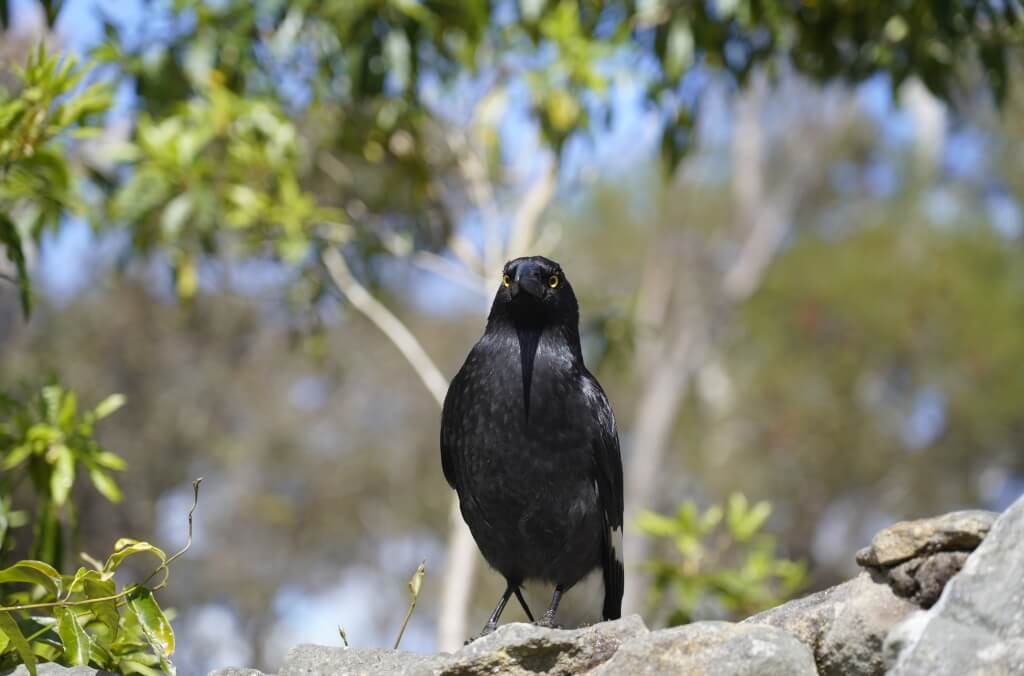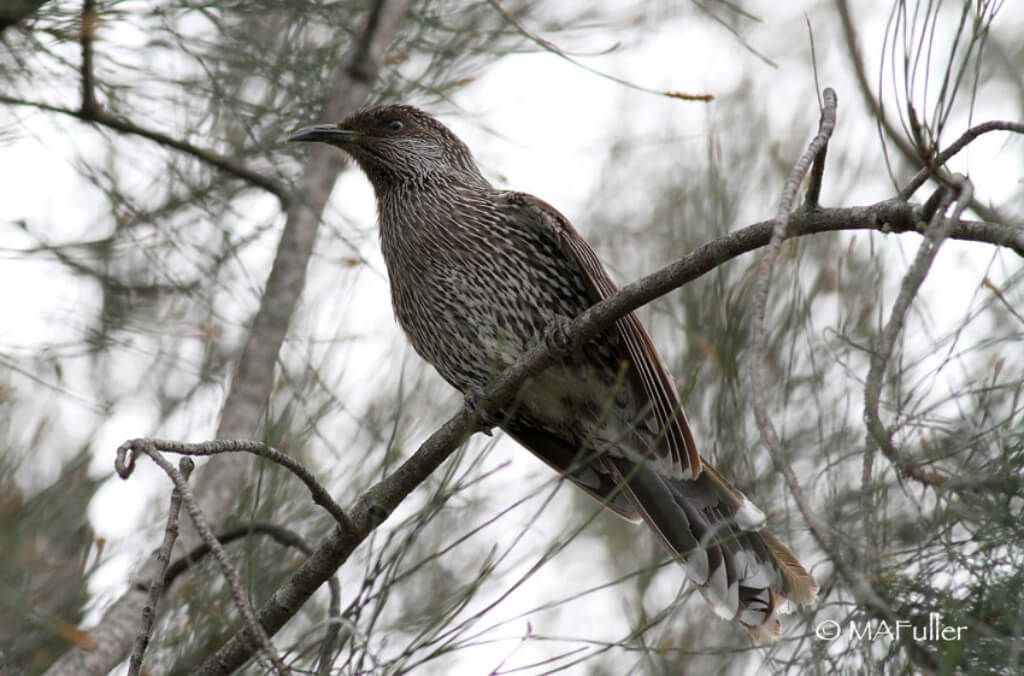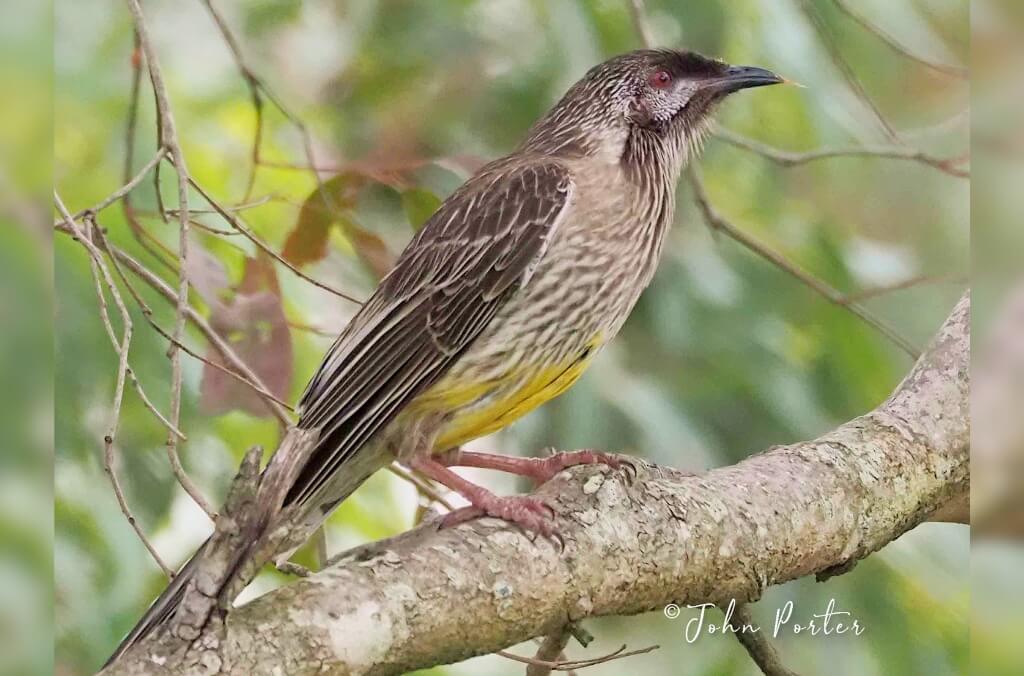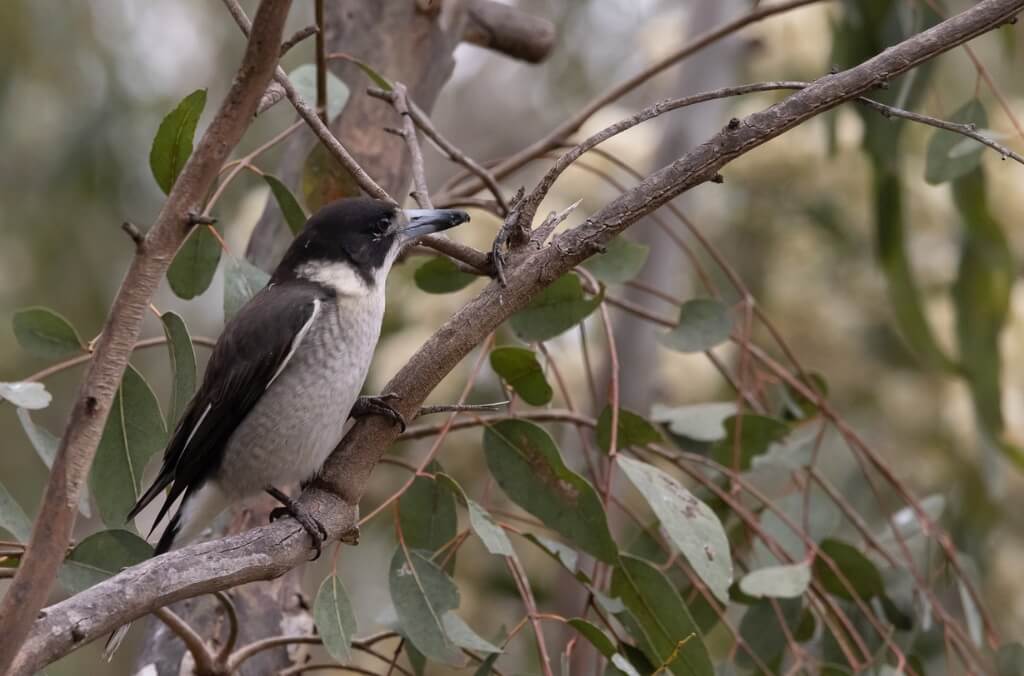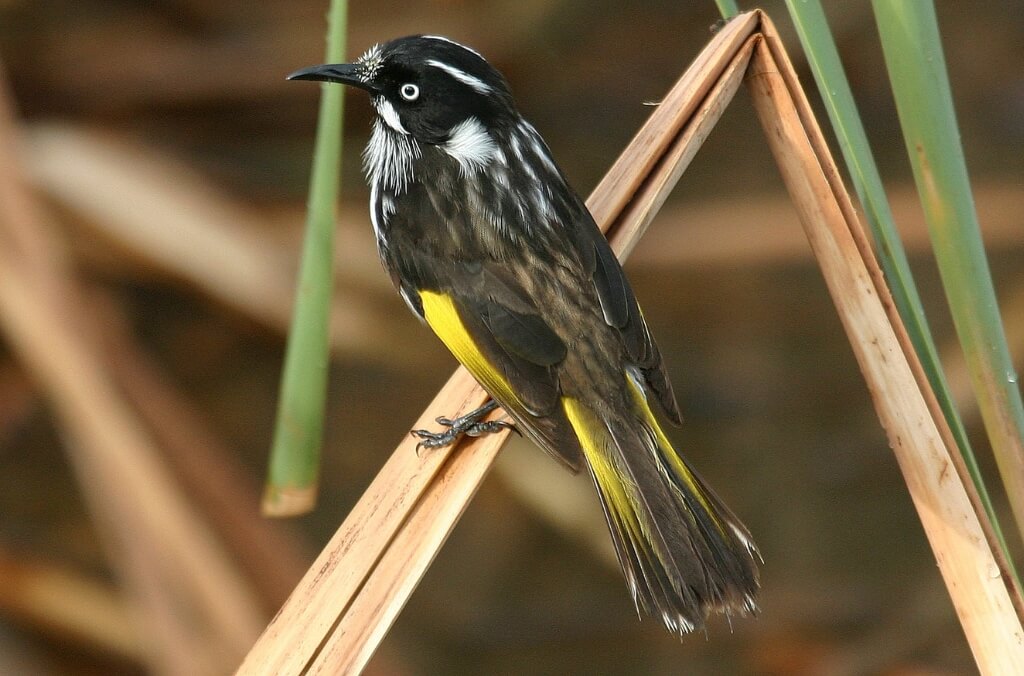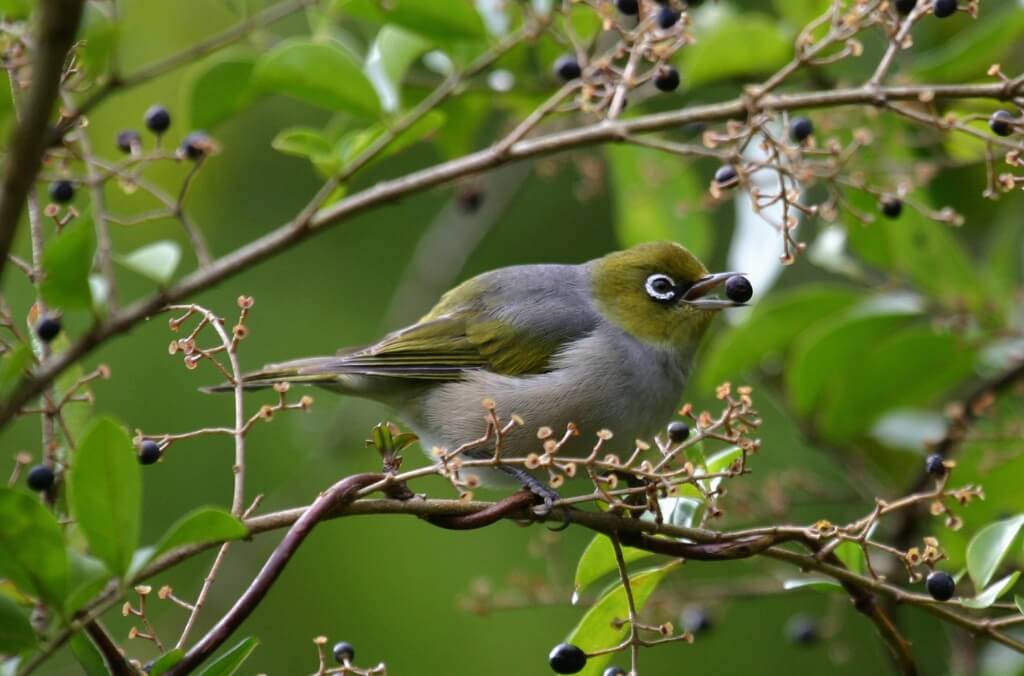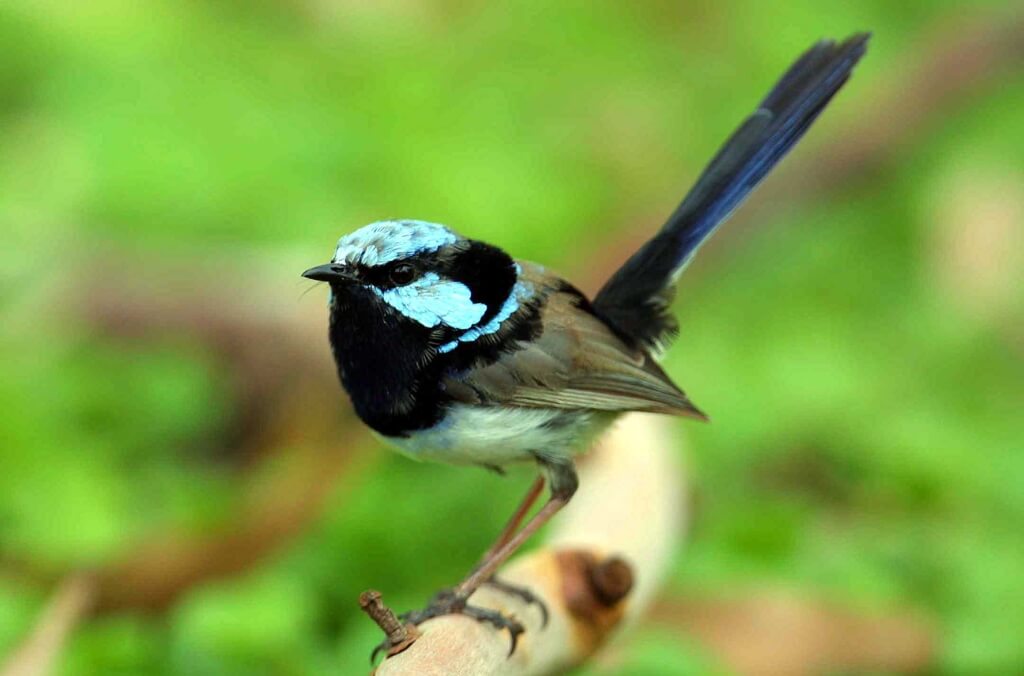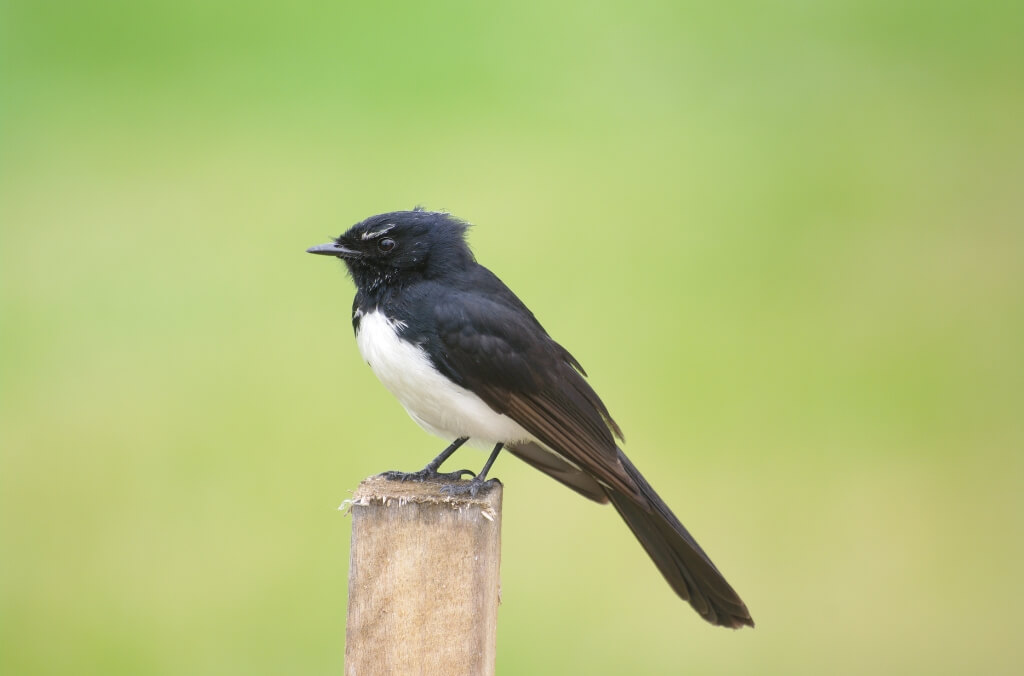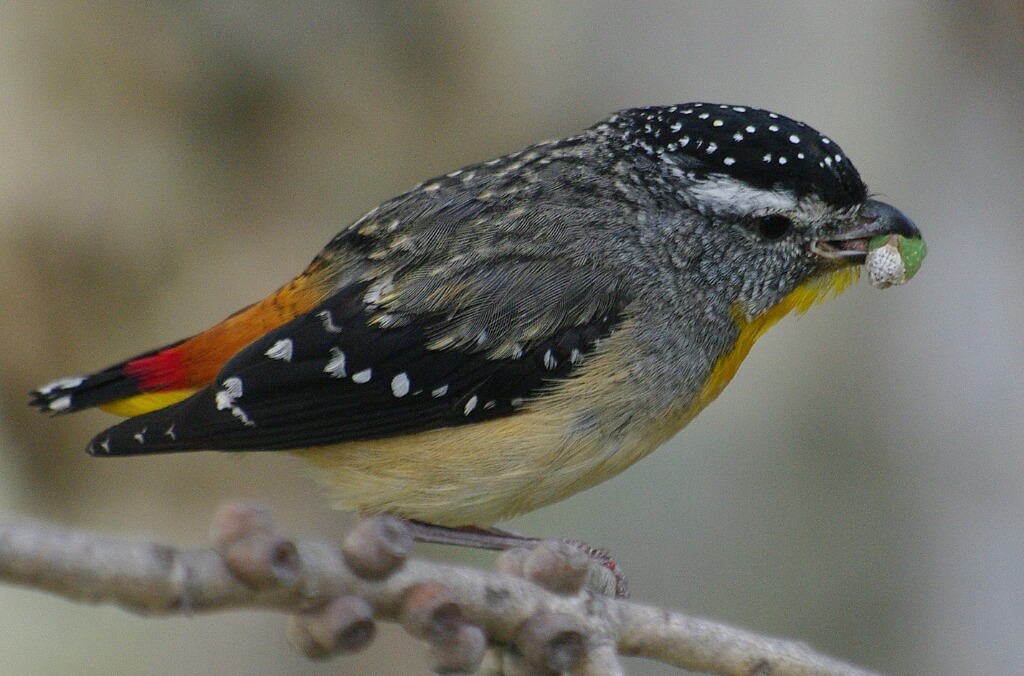The Home of Birdsong
Whether it’s the warble of a Magpie, the laugh of a Kookaburra, or the screech of a Cockatoo...
Whether it’s the warble of a Magpie, the laugh of a Kookaburra, or the screech of a Cockatoo, the calls of our feathered friends are synonymous with the Australian outdoors. Pause for a moment of quiet, and this avian orchestra will not only reveal which birds are nearby but also offer clues about the rhythms of nature unfolding around you.
Where song began
The world can thank Australia for birdsong. Fossil evidence shows that songbird first evolved here around 54 million years ago — some 25 million years earlier than the oldest evidence found elsewhere in the world. Songbird lineages radiated out from Australia, eventually spreading to other continents. Our birds also stand out from the rest of the world, with singing from both males and females, whereas in many other regions it is usually only the males that carol.
Fun fact: Australia is also the ancestral home to parrots and pigeons.
How do birds sing?
To produce song, birds use a special voice box called the syrinx, located at the base of their windpipe. By controlling the muscles around it, they can create an extraordinary range of notes, often producing two different sounds at the same time.
Birdsong vs Bird calls
Birds make a variety of sounds to suit different functions. These vocalisations are often categorised into either birdsong or bird calls.
- Birdsong: primarily relate to reproduction and are often longer and more complex. They are used to attract mates and defend territory, with intricate songs or larger vocal ranges communicating the strength and fitness of the caller. Bird song is more commonly used by species living in habitats where visibility is low, such as forests or dense foliage.
- Bird calls: are often short and simple and used for functional communication with nearby members of their species. This includes alarm calls to signal danger, contact calls to keep a flock together when flying or migrating, communication between parents and offspring, and calls to express aggression to other individuals.
Common birdsong in the Parklands
When exploring the Parklands there are many different birds you might hear. Free phone apps, such as Merlin Bird ID and BirdNET, are another great way to listen to and identify birds from their calls. Here are some of our commonly heard species:
Click images above to hear bird calls drawn from the Top 40 Bird Songs list curated by Birds in Backyards (mainly around Sydney) - Top 40 Bird Songs | BIRDS in BACKYARDS
Next time you wander through Sydney Olympic Park, pause, and let the dawn chorus or evening calls wash over you. Try to distinguish between bird song and bird calls in the symphony sound that surrounds us.
For more information on the origin of birdsong see: https://www.youtube.com/watch?v=bMB1qaw7yt0
For more information on birding by ear see:
https://theconversation.com/birding-by-ear-how-to-learn-the-songs-of-natures-symphony-with-some-simple-techniques-260874
You might also be interested in...
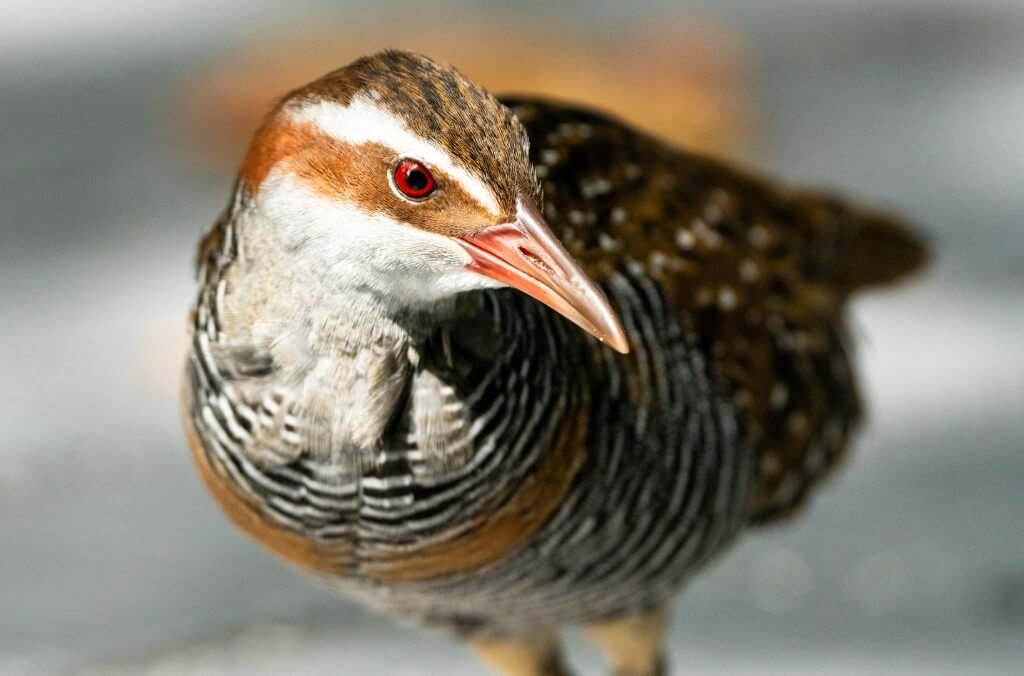
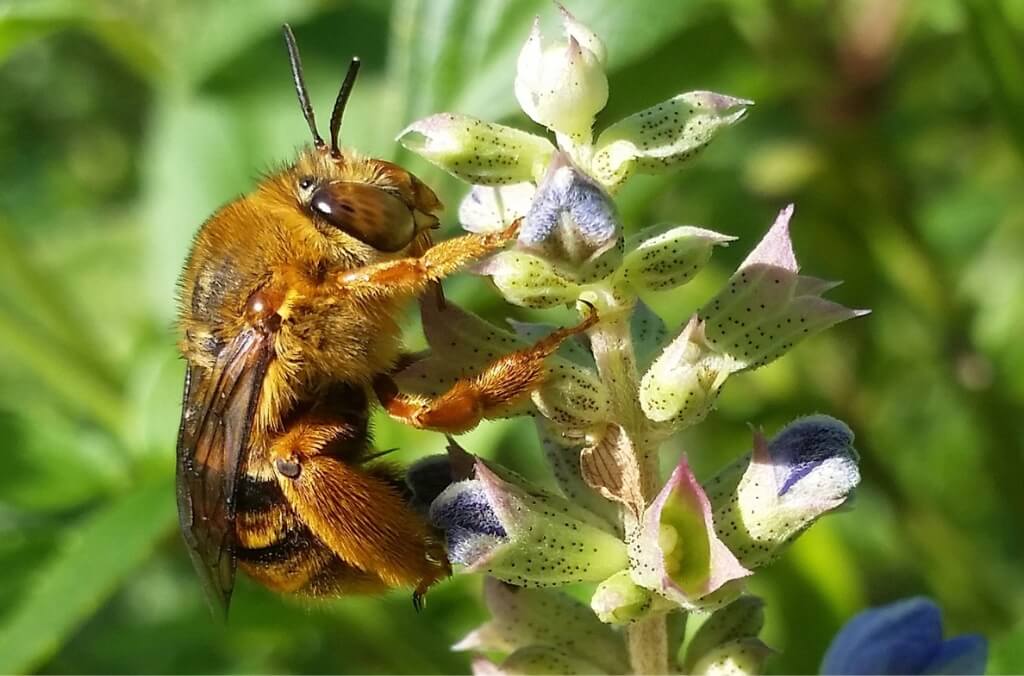

They say you sometimes need to fake it until you make it, but in nature, there are species that need to fake it to survive.
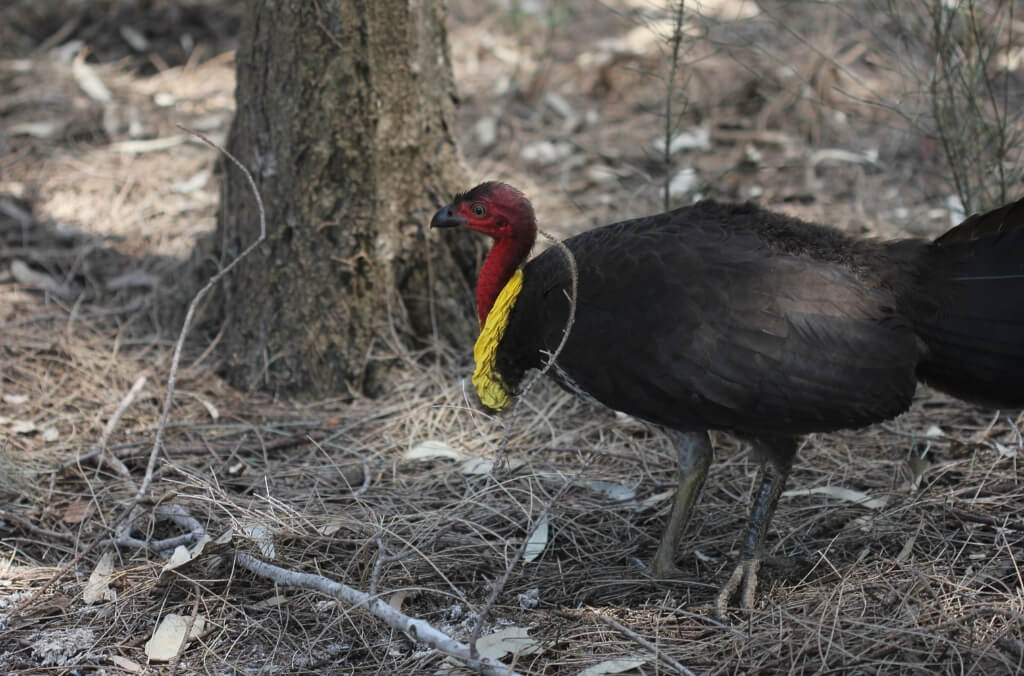

When you look at an Australian Brush-turkey, you may not automatically think this bird has engineer status.
